 INFRA
INFRA
 INFRA
INFRA
 INFRA
INFRA
This is a sponsored post commissioned by Dell EMC. Sponsored posts are paid content that appear on all pages of SiliconANGLE.com, supporting editorial efforts. For pricing and inquiries, email sponsor@siliconangle.com.
The tie between business strategy and infrastructure investments has been tenuous at best. But that’s changing with digital business transformations. New converged infrastructure solutions are a required foundation for an enterprise’s on-premises digital business workloads.
Any business pursuing a digital strategy must simultaneously succeed at two high-level goals. First, it must find new ways to turn data into business value, in the form of superior customer experience, differentiating offerings, or more agile operations. Second, it must do so without increasing underlying information technology infrastructure complexity. Why? Because done wrong, the costs of IT complexity can scale faster than digital business benefits. Public cloud options can address this concern, but not all data-oriented, digital business workloads or enterprise needs are best served only by public cloud infrastructure.
Many enterprises have pursued “converged infrastructure” options as an approach to address business complexity, in the form of richer applications and services, while keeping a lid on – and even reducing – IT infrastructure complexity. IDC estimates that since 2012 enterprises have spent nearly $50 billion on infrastructure products that combine server, storage and networking into a single, manageable platform, all in pursuit of the business benefits of IT infrastructure simplicity. Moreover, Wikibon expects that these types of investments will continue as enterprises gain greater experience matching digital business workloads to optimal combinations of infrastructure. But is CI really essential to digital business? What should enterprise decision makers expect of CI? And what really will be the longer-term impacts of CI?
To answer these and other questions, Wikibon convened a CrowdChat to discuss the future of converged infrastructure. For an hour in February 2018, 424 industry experts who are part of the Wikibon community met online to discuss this topic. The conversation comprised nearly 210 collaborative observations that generated nearly 750,000 customer impressions. Among the key findings from the collaboration (a summary of that CrowdChat can be found here):
*******************************************
CrowdChat is a community engagement tool used by Wikibon to research innovation. A CrowdChat brings together – online – experts in a domain to discuss complex technology, social, and business issues. Wikibon posts questions to these experts, which catalyzes a bloom of conversational interactions about the subject. Wikibon analysts then combine these interactions with other research sources to develop the findings that we publish in a Voice of the Community research paper.
*******************************************
All businesses are constrained to some degree by the nature of the assets employed in their mission. A building set up as an office building can’t be reconfigured overnight to be a fleet repair center. Or an investment to provide a customer conference can’t be turned into a new product feature. Great businesses find synergies within their assets and investments, but asset specificities – the degree to which an asset is limited to one or few uses – can reduce a business’s synergistic options.
Enter digital business. The centerpiece of digital business strategy, in very real ways, is to employ data to reduce asset specificities and thereby create new classes of business synergies. Unlike other assets, data can be applied to multiple business activities at the same time without compromising its use elsewhere. Many describe data as the new fuel, but that really isn’t accurate. After all, fuel put in your car cannot also be applied to solving your customer’s problem. It’s more accurate to describe data as a “business catalyst” that generates an operation or customer engagement “reaction” without undergoing any forced loss of fidelity or usefulness in the original data.
The ability to combine and recombine data (and applications, which also are comprised of data, in the form of code) is what makes digital business so potent in today’s global industries. Businesses that are more digital can more easily match their productive assets to customer needs or competitive opportunities; less digital business are locked into the limits of non-digital, non-programmable assets.
As businesses pursue digital goals, new opportunities to converge business activities – and the systems that support them – emerge, sometimes to powerful affect. For example, by employing an order-to-build model for PCs many years ago, Michael Dell was able to revolutionize the PC industry by using order and product data to combine supply chain, inventory management, marketing and revenue forecasting activities. No other PC company could compete without mimicking Dell’s approach. The rest is history.
Digital businesses are especially focused on converging operations and analytic systems to build advanced systems for automating operations and revolutionizing customer engagement. Order systems (operational) are being enhanced with fraud detection (analytic). Product configuration systems (operational) are being enhanced with recommendation engines (analytic). These are just a few, simple examples. Leading digital businesses are deeply converging operational and analytic systems, finding new ways to apply the same data to multiple, strategic uses to speed up, scale up, and “wake up” business activities and opportunities.
Questions of asset specificity apply to all assets, including IT assets. The last thing a business leader initiating a digital transformation wants is to discover that their IT infrastructure is a major barrier to change. Historically, IT infrastructure has been optimized in application silos: infrastructure investments were made to provide the right performance at the minimal cost, with only modest regard to overall integration, management, and security concerns. Application owners funded these investments, seeking to achieve function-specific objectives in a never-ending internal competition for IT resources and attention. Arguably, this approach to IT might have achieved IT cost goals, but it’s not a framework for achieving digital business objectives.
About 10 years ago, two technology trends emerged from this maelstrom of IT decision making. First, Google and AWS demonstrated the viability of cloud computing, which has captured the attention of all businesses. About 10 percent of businesses were pursuing cloud options in 2010; today, that number is virtually 100 percent. Second, infrastructure professionals started sharing rack, power supply, cooling, and console investments across server, storage, and network gear by putting them all in the same box; this “do it yourself” approach to checking infrastructure costs is still employed today (Figure 1), but the superior approach – by far – is to purchase “converged infrastructure” solutions from IT heavyweights like Dell EMC. Indeed, Wikibon research shows conclusively that engineered CI solutions can provide twice the value of DIY because:
Today, CI solutions are the basis for strategic, in-house IT infrastructure investments. For many workloads that require real-time support (such as automation at scale, extreme IoT edge demands), feature accelerating data movement costs, demand local data placement because of regulation, or just can’t be migrated, public clouds may not be the best option. Nonetheless, business leaders demand an a cloud experience for their digital business goals even for on-premises workloads, and practically this is only achievable with CI investments.
In the CrowdChat, we asked the Wikibon community about the role of CI in today’s rapidly evolving IT domain. The feedback supports our assertion: Digital business is driving greater business convergence; achieving business convergence on-premises is impossible without CI. Among the key points are:
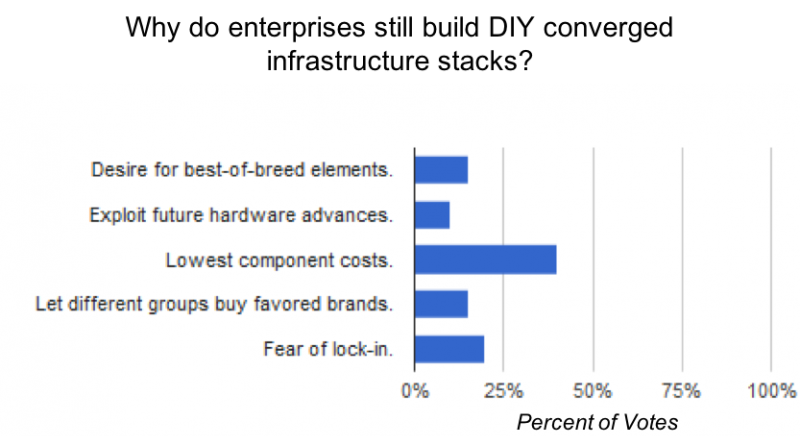
Figure 1: Do It Yourself remains an option for converged infrastructure (Source: Wikibon)
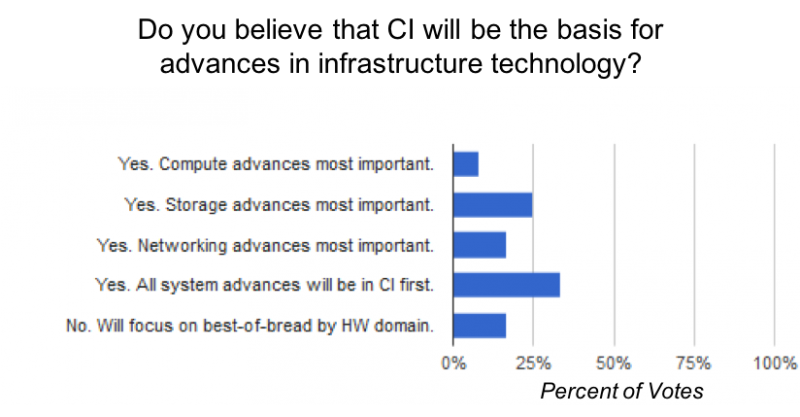
Figure 2: System innovation gravitating to CI technologies (Source: Wikibon)
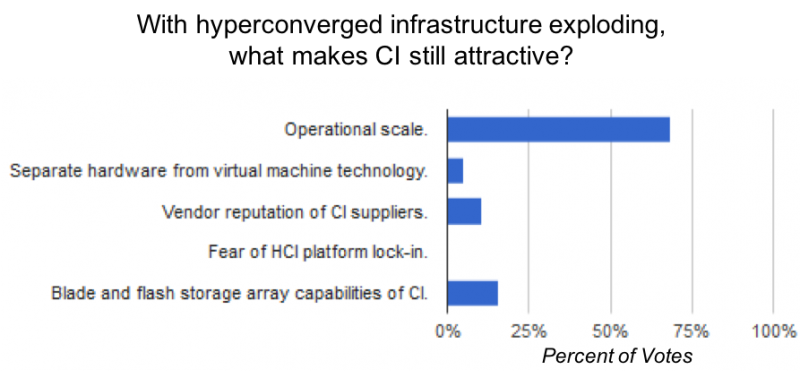
Figure 3: CI complements HCI at scale (Source: Wikibon)
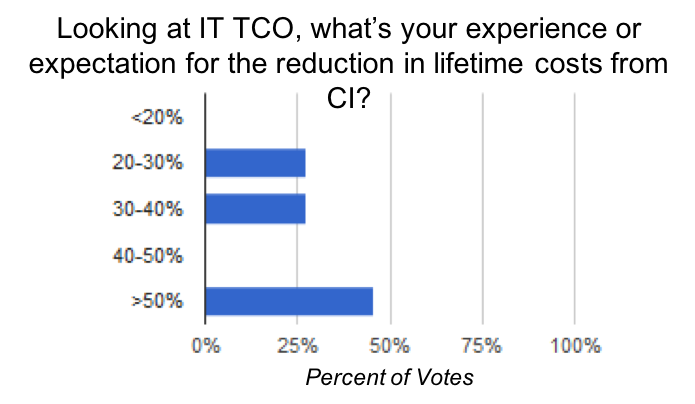
Figure 4: CI TCO is an advantage (Source: Wikibon)
*******************************************
Sidebar: What does the Wikibon community say about the impact of CI?
- “Hands down, [CI’s] biggest use case is around driving operational efficiency.”
- “[Machine learning/artificial intelligence] ML/AI align well (if not perfectly) to CI.”
- “It’s a case of ‘and’ rather than ‘or.’ #CI and #HCI sit well together in datacenters.”
- “One thing that should not be overlooked here is the fact that CI is and will continue to be a better fit with existing IT infrastructure management structures and workflows.”
- “[CI is] a change that allows IT to be more responsive to business needs. The increased efficiencies [may not be easy to translate to] quantified TCO, but it’s there, and it’s real.”
*******************************************
Infrastructure hardware technologies have advanced so fast that many forget the degree to which hardware innovation makes software innovation possible. New “internet of things,” big data, AI, machine learning and augmentation and automation software technologies require advances in CI hardware to be technically and economically viable. A lot of new CI technology is on the horizon, and it will be crucial to achieving tomorrow’s digital business objectives.
We asked the Wikibon community which technology advances they were most anticipating. The top answer was “simpler patching/upgrades to optimize system” (Figure 5). While this may seem a relatively low-level, administrative concern, it really isn’t: IT pros know that more advanced application technologies can’t be adopted without major steps in infrastructure automation. Related to this question (and reflecting the previous conversation of digital business convergence), the Wikibon community indicated that CI technologies that make running multiple and converged workloads on a single system at scale will be especially important.
Current and future CI capabilities are attracting an important portion of critical business (and digital business) workloads. We asked the Wikibon community what percent of workloads will be running on CI technology by 2023. The answers suggest rapid adoption of CI technologies for workloads requiring on-premises infrastructure. Nearly a quarter of respondents indicate that greater than 50 percent of workloads will be running on CI by 2023; less than 10 percent indicated that less than 20 percent of workloads would be dedicated to CI. On average, this spread suggests that by 2023, just under a third of business system workloads will be running on CI systems in five years (Figure 6).

Figure 5: Simplicity still a driver of CI investments (Source: Wikibon)
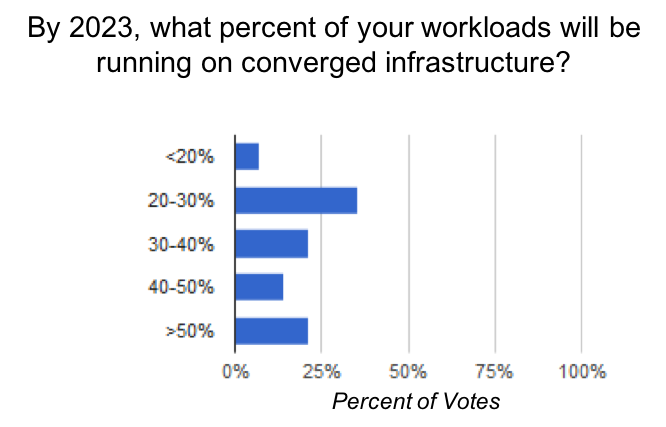
Figure 6: CI capturing big chunks of workloads (Source: Wikibon)
*******************************************
Sidebar: What does the Wikibon community say about the future of CI?
- “Better/more cloud integration to support the mandates of hybrid/multi-cloud adoption/migration.”
- “Making data protection a part of the lifecycle is key!”
- “CI is closing the gap on acquisition costs as better integration improves resource utilization (i.e., you can do more work w/less hardware).”
- “CI and HCI are logical next steps for DC design and operations. It’s removing the barriers to retiring legacy operations and systems. How many data migrations never complete due to some random barrier?”
*******************************************
Businesses that seek to extend the cloud experience to workloads that require on-premises infrastructure should default to engineered CI solutions. As is true with any system, users should invest in solutions that start with great design, exploit superior technology (where differences matter, like patch management and security) and sustainable partnership structures.
Support our mission to keep content open and free by engaging with theCUBE community. Join theCUBE’s Alumni Trust Network, where technology leaders connect, share intelligence and create opportunities.
Founded by tech visionaries John Furrier and Dave Vellante, SiliconANGLE Media has built a dynamic ecosystem of industry-leading digital media brands that reach 15+ million elite tech professionals. Our new proprietary theCUBE AI Video Cloud is breaking ground in audience interaction, leveraging theCUBEai.com neural network to help technology companies make data-driven decisions and stay at the forefront of industry conversations.